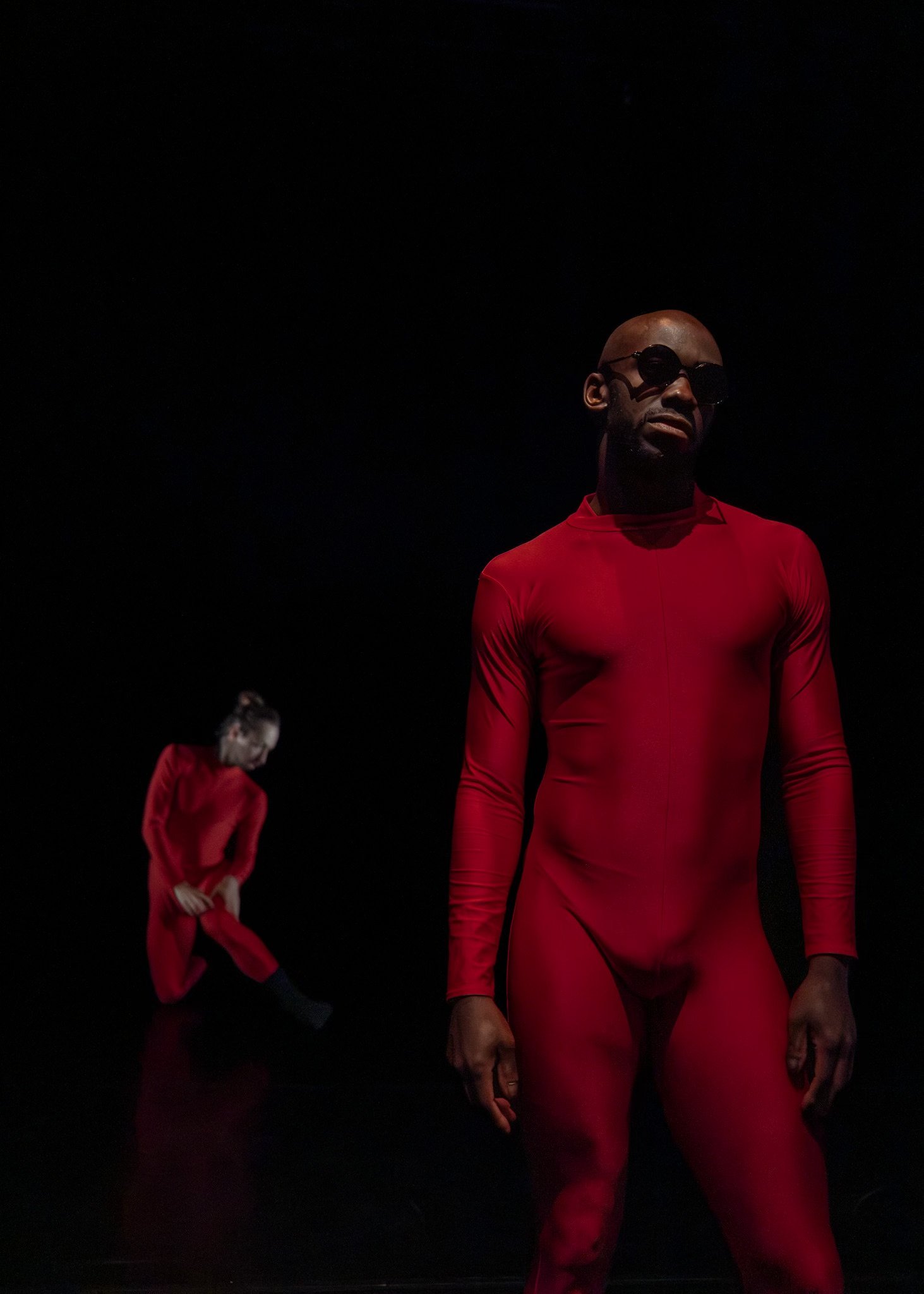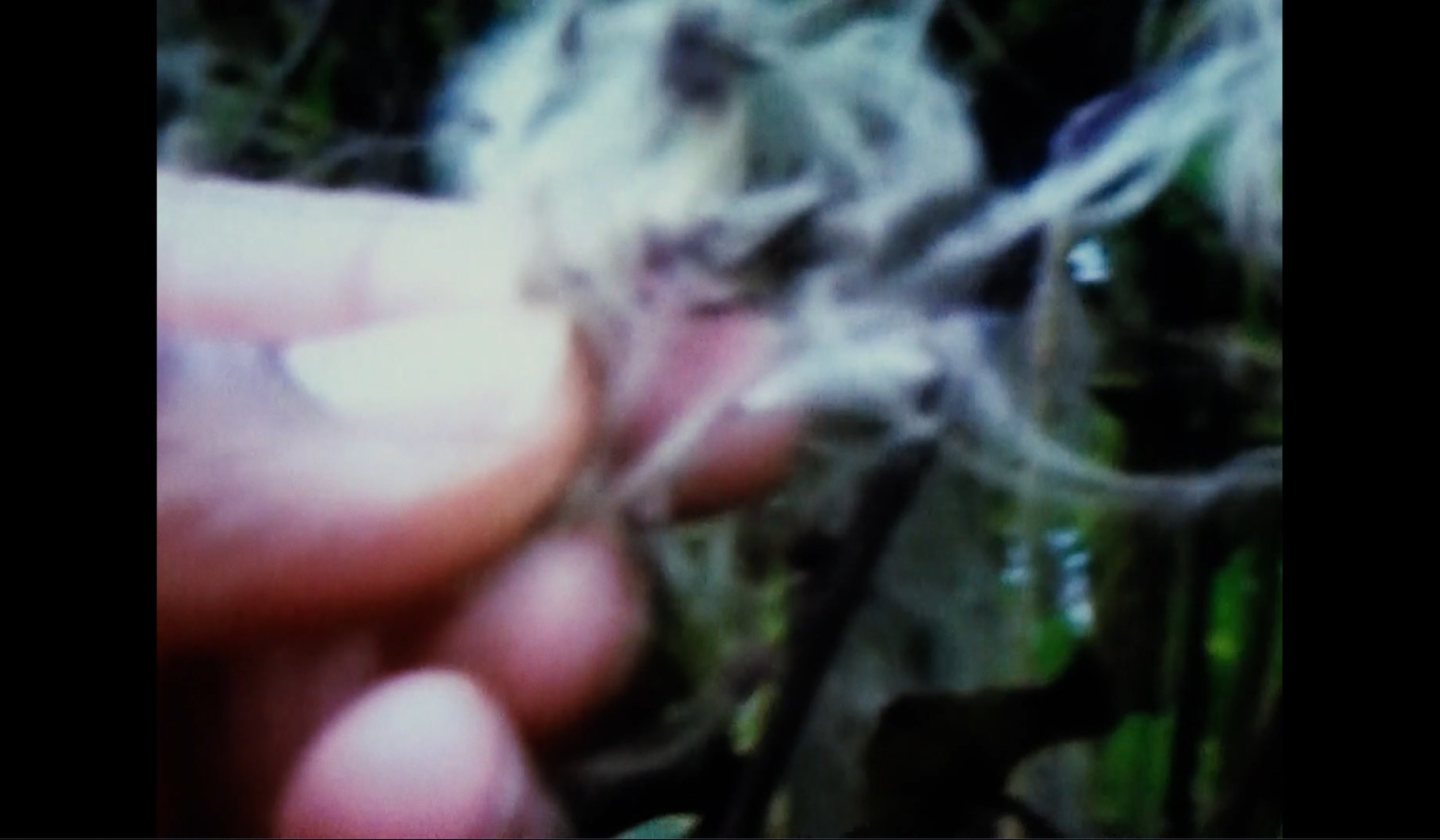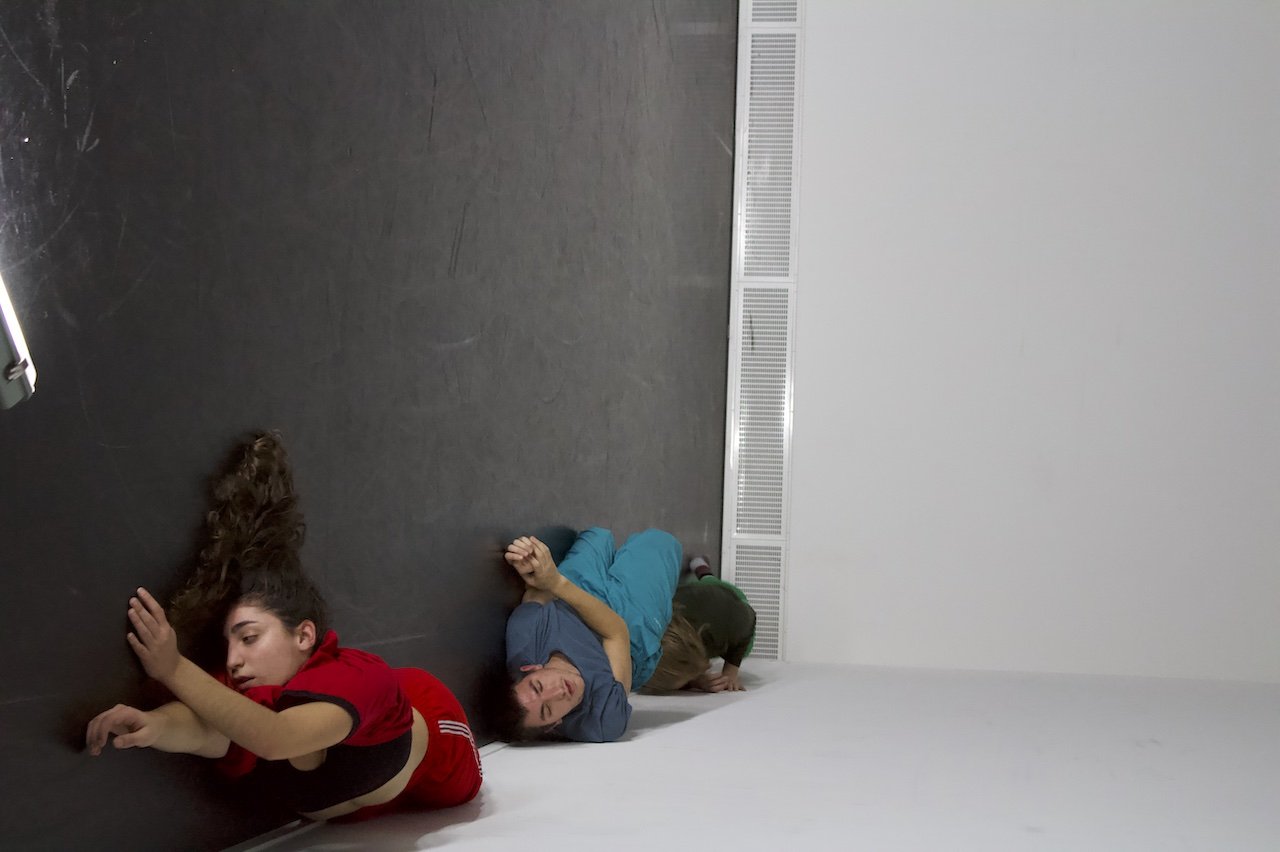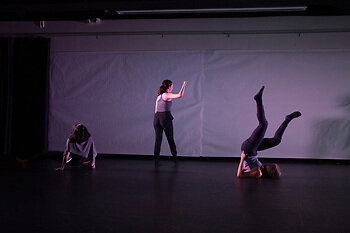Holehead
Part dream, part poem, Holehead is a meditation on masculinity, jealousy, and the limits of contemporary intimacy. Mirroring the ecstatic explosion of language in Walt Whitman’s I Sing the Body Electric, four queer male dancers attract, repulse, and diffract. They are in a forged world where there are no endings and no beginnings. The soundscape, designed by 皚桐, switches between states of ambience and situations of driving pulse. The costumes nod towards a familiar dance environment but often frustrate those expectations of line and form. They are further complicated by the recurring image of sunglasses, which imbues the piece with a contradictory sense of cool detachment. The dancer’s movements are questions and yearnings to make sense of the world around them. Ultimately, the piece aims to discover alternative modes to selfhood and togetherness.
Dancers: TJ Firmin, Kyle White, Alecsander Nilsson, TJ Firmin
Lighting Design: Oliver Hynds
Sound Design: 皚桐
Photos by: Billy Nisbett
Holehead was commissioned by Southwark Council in partnership with the Central School of Ballet
STAY
w/ Sam Williams
Stay is a poetic dance film that responds to Maggie Nelson’s 2009 genre-bending cult classic Bluets. Using a hybrid choreo-poetic writing and dance style, extends the concerns of the book (depression, divinity, alcohol, desire) by interweaving them with aspects of my identity as a queer immigrant Nigerian-American man. Through the use of contemporary dance movement, erasure poetics, generated poetry for text and audio, and videography, the concerns of the film expand to explore grief, migration, queer desire, and the black body as it moves in the contemporary London landscape.
Edit, Camera: Sam Williams
Text, Choreography: Oluwaseun Olayiwola
Sound Design: PJED
Stay was commissioned by Studio 3 Arts for their inaugural Black Art Matters commission. Special thanks to Samuel Ross.
the great thing is not having a mind
the great thing is not having a mind is motivated by questions into the nature of poetry and how we might begin to construct hyper-poetic lenses for movement generation and choreographic composition. The paradox, the proposition, the point we peel away from, is that, to say I am mindless, is to in fact, have a mind. How horrible, how amazing it is, to feel I am, as Gluck says, and i think, without a mind.
Dancers: Amit Palgi, Ivar Draaisma, Chiara Aldorisio
I didn’t choose my childhood
This process draft is the beginning of the collaborators' considerations on identity and the formation thereof during childhod. In this draft, we contend with themes of prayer, piracy, loneliness and sovereignty.
Choreography: Oluwaseun Olayiwola (in collaboration w/ dancers)
Performed by: Andie Duong, Oluwaseun Olayiwola, Francis Rodriguez, and Lizzy Tan
Lighting Designer: Cheles Rhynes
Strange Beach
Strange Beach is the remains and ruins of dark and destructive emotional landscapes; a question into how deep the abysses in our hearts are. The dancers qualify the assertion that we know more about outer space that we do our own oceans. Strange Beach is the deep-sea exploration into fantasies of love, lust, disembodiments, and ultimately, remembrance. Implicated are diluted memories, physical languages, and hunky-dory pastimes. Still though, the dance does not aim to retell or re- live, but rather to act as the embrace our darkest and blackest thoughts, and the fullness thereof.
black is the new the black
black is the new black is an examination on how society perceives "blackness" outside of its racial and social-political contexts. An explosion of youth, irony, and fashion, creates an environment devoid of narrative and linearity, but immersed in cultural symbolism and connotation. Secrets, mourning, force, violence, and elegance all shift in and out of thematic focus throughout. A pageant, a playground, and a funeral, black is the new black begs the question, where does race fit into our understanding of 'black'?
"So black is magic... like pulling a bunny out of a hat!"














